FOCUS! 5 Simple Steps to Creating Amazing Content
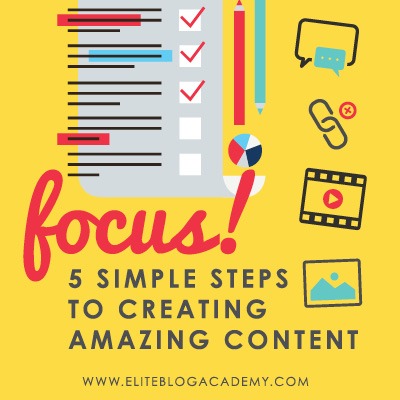
Want the secret to creating amazing content? The key to writing a killer blog post, or creating a killer video or podcast episode, one that will keep them coming back for more, is crystal clear FOCUS!
It should come as no secret that blogging involves A LOT of writing and content creation. Even podcasting or vlogging requires the ability to put together a clear sequence of thoughts in order to make a point that connects with your audience.
And that can be a little intimidating and at times just downright FRUSTRATING.
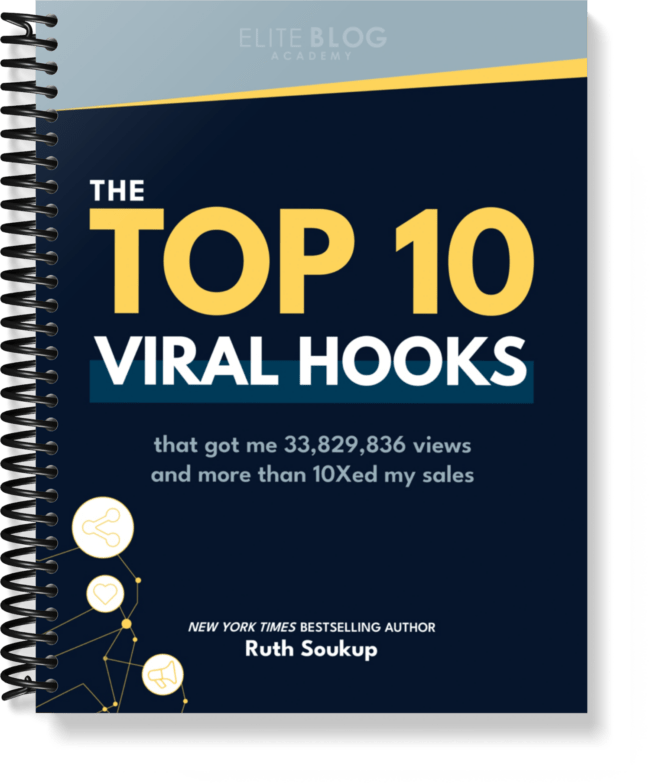
Are you ready for one sentence to change your business?
Using the right hook can do just that!
The truth is, an Instagram reel won’t change your business, at least not all on its own. But if you’re using the power of Instagram to drive leads into your business, using the right hook is vital for your success. Grab the exact hooks that have gone viral for my @ruthsoukup Instagram account again and again (and got me over 30 MILLION views and tens of thousands of new followers).
And the best part? It’s completely free! Just fill in your information below so I know where to send it.
But the reality is that it doesn’t matter what your topic or target audience, the key to writing a killer blog post, or creating a killer video or podcast episode, one that will resonate with your readers, get them interested, and keep them coming back for more, is crystal clear FOCUS™ on a single central idea.
If that sounds simple, it is because it IS.
I think it is important to first identify the big reasons that content often DOESN’T resonate with your audience because chances are that at some point—if it hasn’t happened already—you will have the experience of writing a post that you THINK is going to be amazing. A post that you spend all sorts of time and energy getting it right and can’t wait to get it out there—only to hear …crickets. No one’s interested.
Content that doesn’t resonate:
- Content that does not address a felt need
- Content that does not stay focused on one idea
- Content that does not hold the reader’s interest
The FOCUS Method
The purpose of the FOCUS method is to help you quickly & easily create amazing content that your audience can’t wait to read so that you too can build a tribe of loyal fans. When writing a blog post with FOCUS, there are five distinct elements you need to concentrate on. These are easy to remember when you think of the acronym FOCUS—F, O, C, U, S. And if you can apply this focus to every single post you write, or even the videos or podcasts that you create—without making it boring in the process—you’ll discover your words and ideas resonating like never before AND avoiding those three most common pitfalls of writing content.
F – FIRST IMPRESSION
You will have about 3 seconds to convince a potential reader that your blog post is worth reading. This means that your first impression is vitally important. And what is that first impression going to be? The TITLE! Thus, the TITLE of your post must sell it—it has to grab the reader’s attention, and let them know without a doubt the central idea of the post, and more importantly, what benefits they will get from reading. Remember, this isn’t about you—this is about your audience, and they need to know what they potentially have to gain from reading (as well as possibly what they stand to lose if they don’t).
Let your reader know through an explicit or implied promise what they have to gain from reading. Let them know what problem you will be solving.
O – OPENING
Much like the title, your opening paragraph is essential to drawing the reader into your post and engaging them with your content. Your opening must set the stage for your big main central idea and it has to grab your reader’s attention.
You could do this in a number of different ways—perhaps with an interesting illustration or a bold statement of fact. You could ask a hypothetical question, share a startling statistic, or perhaps even use some other kind of clever hook. You need to open each and every post as if writing to your readers for the very first time. Use your opening to draw them in, to welcome them and keep them interested.
C – CENTRAL IDEA
The central idea is the heart of your post, the main point of why you are writing, and the sole focus of every illustration or sub-point. It is the one thing you want your reader to come away remembering from what you wrote, the essential memorable takeaway. It is absolutely imperative that your blog post have ONE and ONLY ONE central idea. You can and should use a number of sub-points or illustrations to demonstrate that central idea, but there must only be one central idea, preferably one that can be succinctly stated in a single sentence.
When you choose your central idea It is really important to think about your reader— what is the problem or struggle they are facing that you can help solve in this post. Remember, your reader is interested in the benefit to themselves. Make it about them, and how you can help them.
U – Useful Logic and Illustrations
If the Central Idea is the THEME and the main point of your blog post, this is the MEAT. Your Useful Logic and Illustrations are the bullet points or sub-points that support your central idea, and the interesting facts, statistics, or personal illustrations that bring it alive and drive your point home.
Don’t underestimate the importance of your useful logic and illustrations, because THIS is the part that makes your blog post interesting to read! This is where you avoid being boring. Don’t just make your point, use stories and examples and facts and jokes to drive your point home.
S – Strong Conclusion
Your conclusion paragraph doesn’t need to be long or drawn out, but it should tie up your post and make it feel finished so that it does not end abruptly. At the very least, you’ll want to wrap up your sub-points and reiterate your central idea.
Start your conclusion by summarizing your sub-points, then end strong, with purpose and clarity so that there is no doubt from your reader as to what the point—the central idea—of the post was supposed to be.
Again, when you make this about your readers—letting them know from the beginning what problem you are going to solve, and then letting them know again at the end how you solved it, you create a simple solution that sticks—and that keeps your reader coming back for more. Give them something of value, and they will come back again and again and again.
We urge you to save these letters on a post-it by your computer, in your planner, in your phone – whatever is most convenient for your workspace. They provide a quick simple guide on how to make sure you are consistently creating amazing content!
Think you’re all finished as soon as your blog post is written? Think again! After your post is written is when the real work of promoting it in order to get it seen begins. The good news is that we’ve built a quick checklist that covers everything you need to do to promote your blog posts — which will seriously pay off in the long run. Best of all, it’s free, but only for a limited time! GET IT HERE.

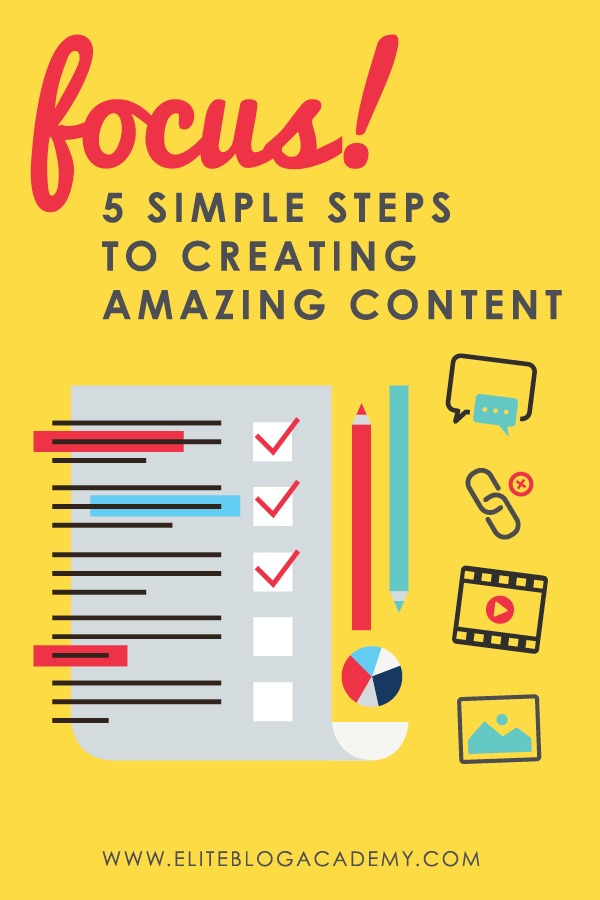

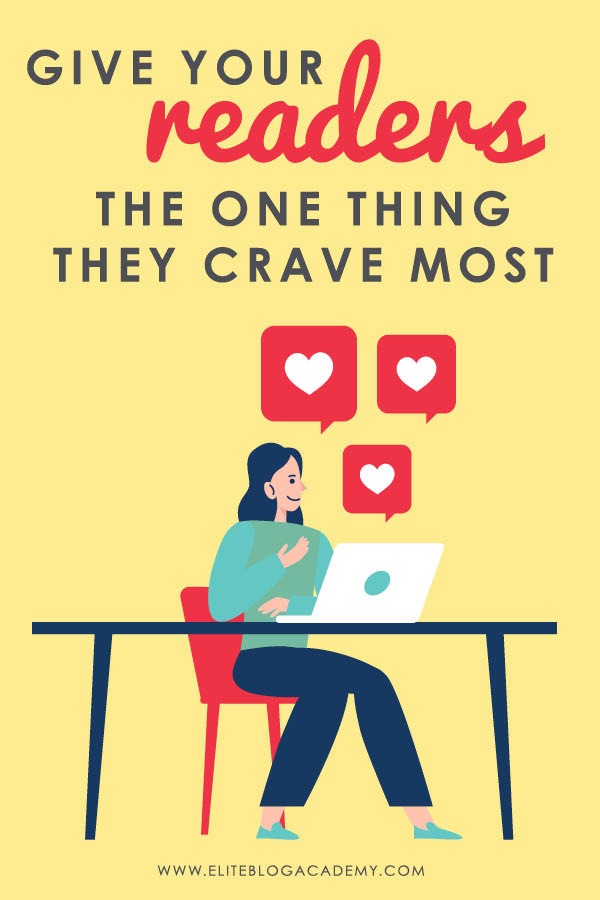
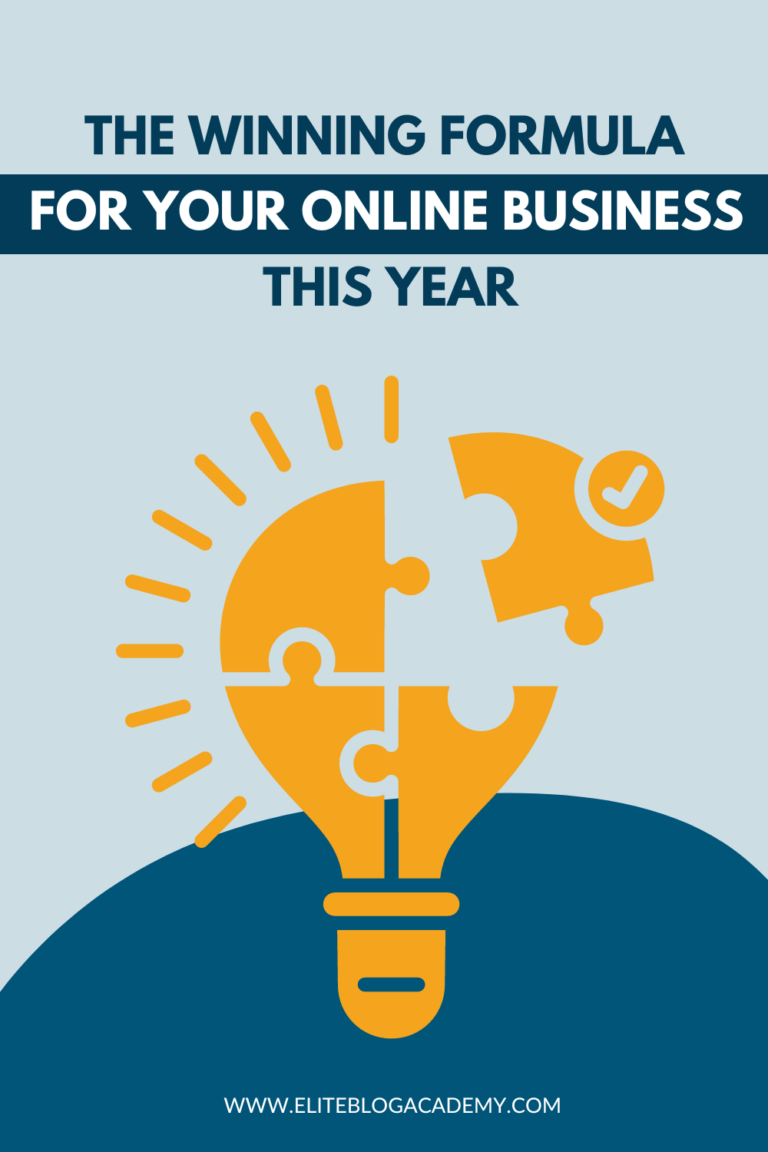
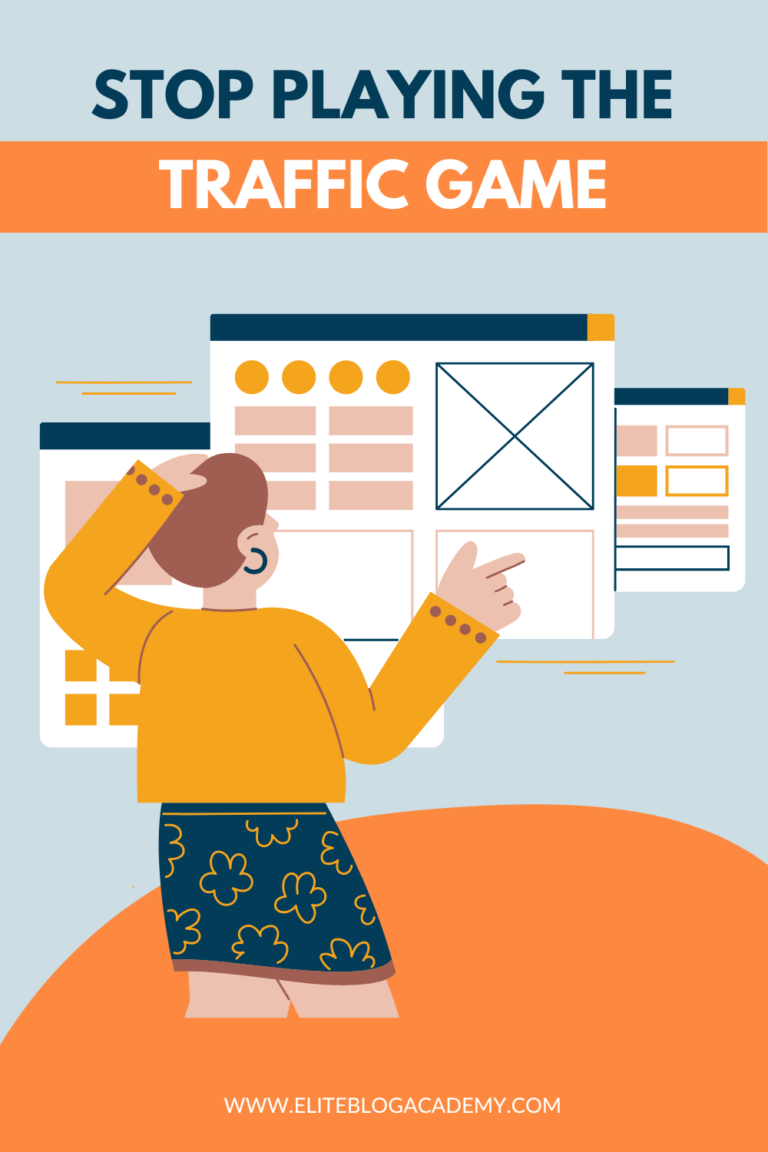
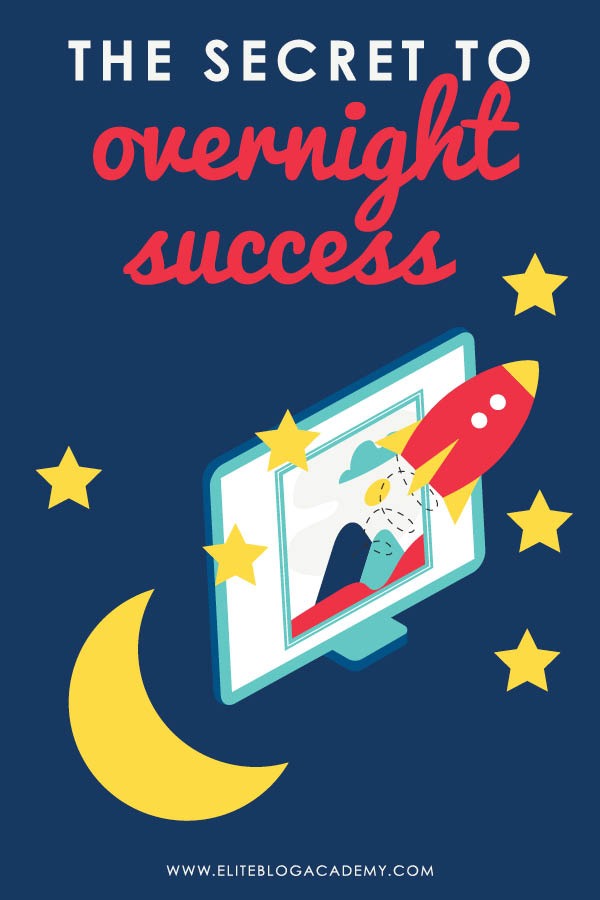
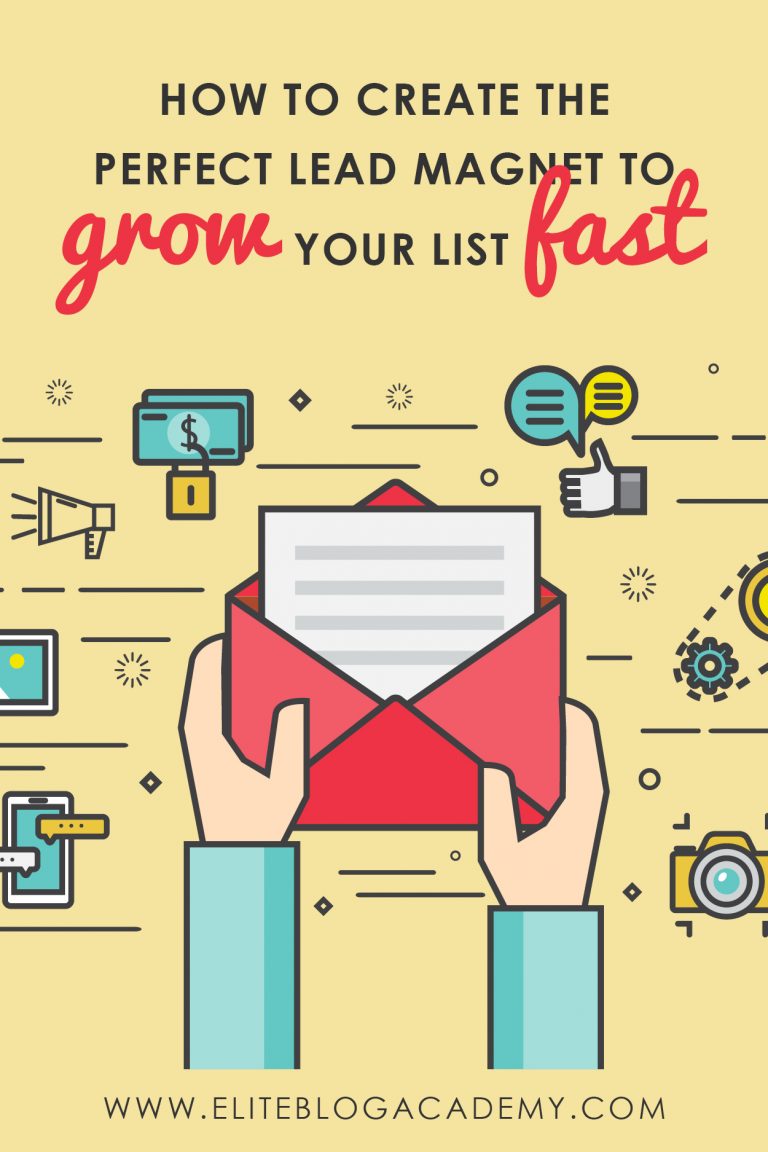
This article really nails it! Focus is indeed the secret sauce for amazing content. I once wrote a blog post about DIY home decor without a clear focus, and it flopped. But when I zeroed in on a specific style, like bohemian chic, it got way more attention. It’s like trying to hit a target blindfolded without focus. So, how do you think we can stay super focused when inspiration hits from all directions? And which of these hooks do you think would work best for a fitness blog?
I love how you stress the power of focus! I once wrote a blog post without a clear point and it flopped. Now, I’ll grab your free hooks. How do you think they’ll transform my Instagram game?
I love how you stress the power of focus! I once wrote a blog post about DIY projects without zeroing in on a specific audience. It flopped. Now I know to laser-focus like a Jedi. Can’t wait to grab those free hooks. How do you think they’ll transform my Insta game?
I love how you stress the power of focus! I once wrote a blog post about DIY projects without zeroing in on a specific audience. It flopped. Now I know to laser-focus like a Jedi. Can’t wait to grab those free hooks. How do you pick the perfect central idea?
This post really hit home for me! As the owner of Computer Parkade, staying focused has been one of the biggest challenges, especially with so many distractions in the digital space. Your advice on creating clear goals and breaking them down into smaller, manageable tasks has been invaluable for keeping my productivity on track. I also love the point about embracing the process instead of constantly worrying about the outcome. Thanks for sharing such practical and actionable tips!